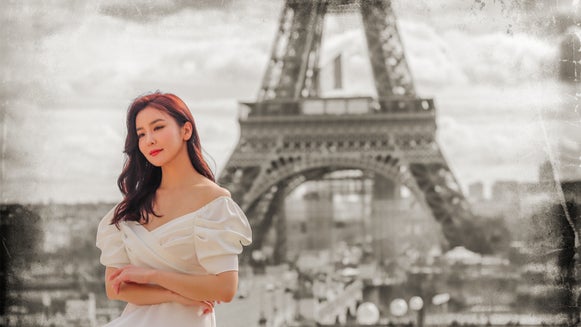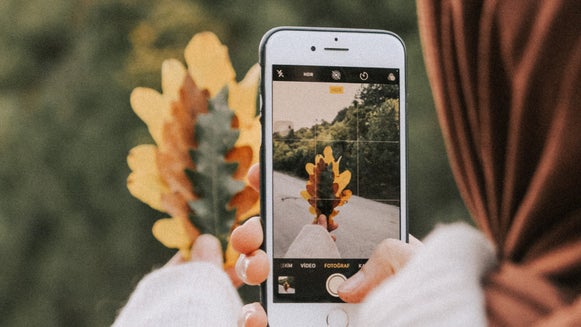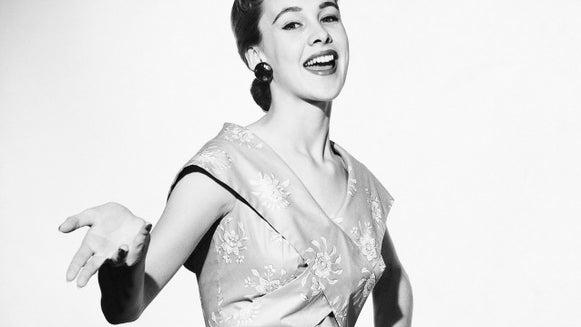A Very Brief History of Portrait Photography
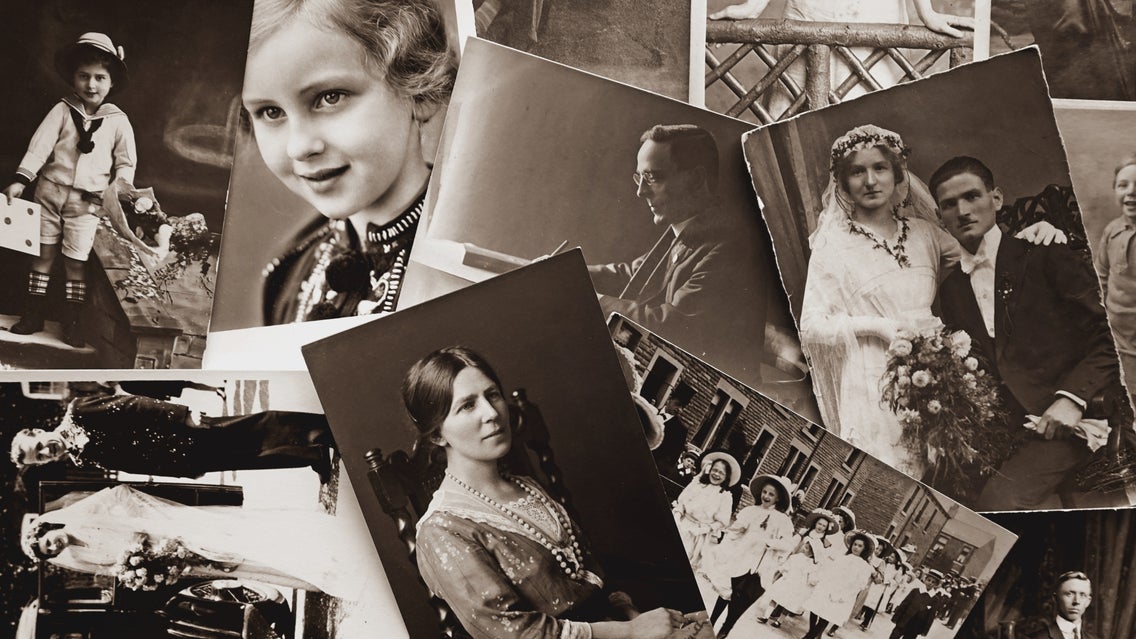
The portrait has been popular for centuries, but it's become even more so in recent years. The rise of digital photography has brought about new trends in portraiture and helped to change how we look at ourselves.
While you might associate the selfies of today with portraiture, the truth is this practice can be traced as far back as 1839. So, why were portraits important in early history, and who captured the first portrait photograph?
In this very brief history of the portrait in photography, we take a look back on the key moments that shaped this medium to answer all of this and more!
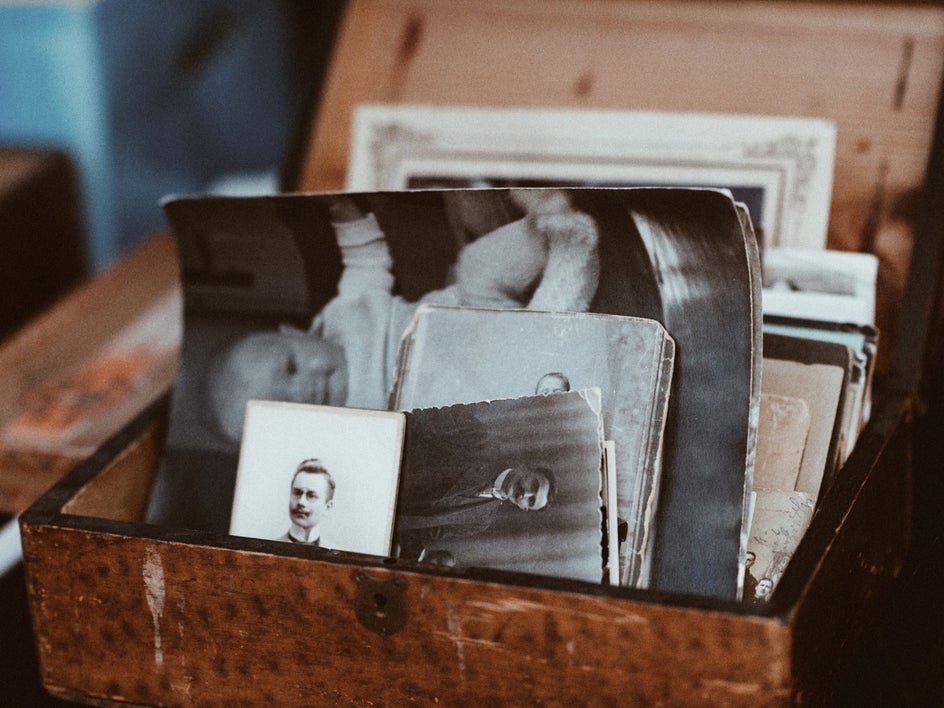
Portraits Before Photography
The concept of portraiture first started out in the art world as paintings. Usually, these types of portraits were done to show power, status, and nobility and were typically reserved for the wealthy.
However, once photography became popular in the late 1800s with the release of the very first Kodak cameras, portraiture became popular and was more available to the masses.
Because of their convenience and ability to capture photos of many people – such as a family – all at once without tedious sitting sessions, portrait and self-portrait photography soon replaced paintings in popularity.
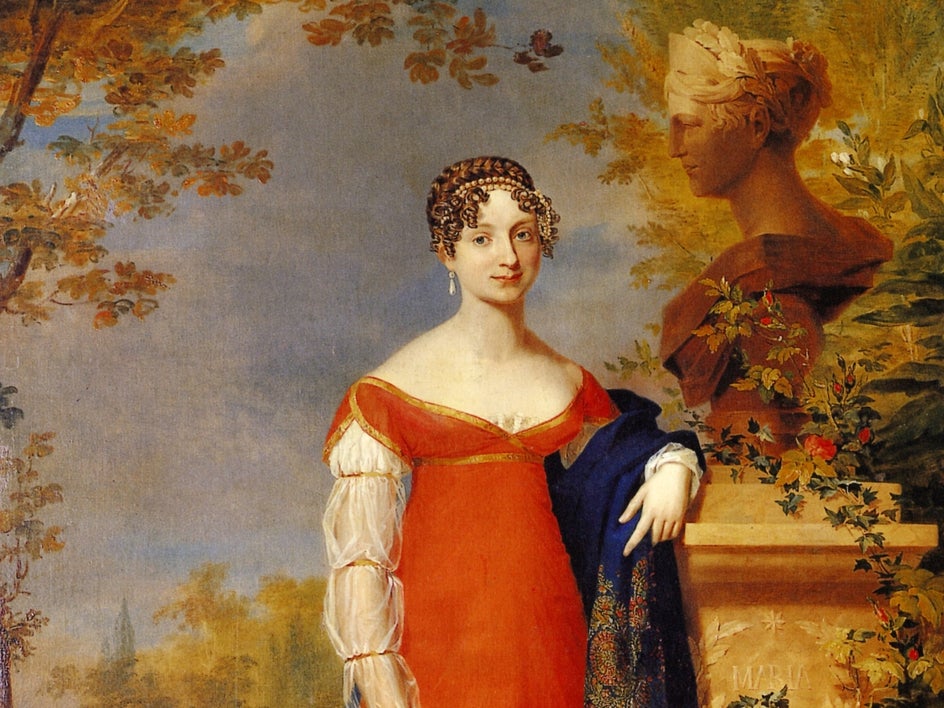
The First Portrait Photograph
In 1839, a self-proclaimed "mathematician" named Robert Cornelius captured the first known photograph of himself. Cornelius used a camera obscura to take the photograph in his family's store in Philadelphia—the same way that many artists of the day would use mirrors to trace their portraits or landscapes.
It wasn't until 1841 that he had it developed as a daguerreotype, a process invented by Louis Daguerre. Even then, it was only done so because he wanted to show it off at an exhibition – not because he could see any commercial value in it.
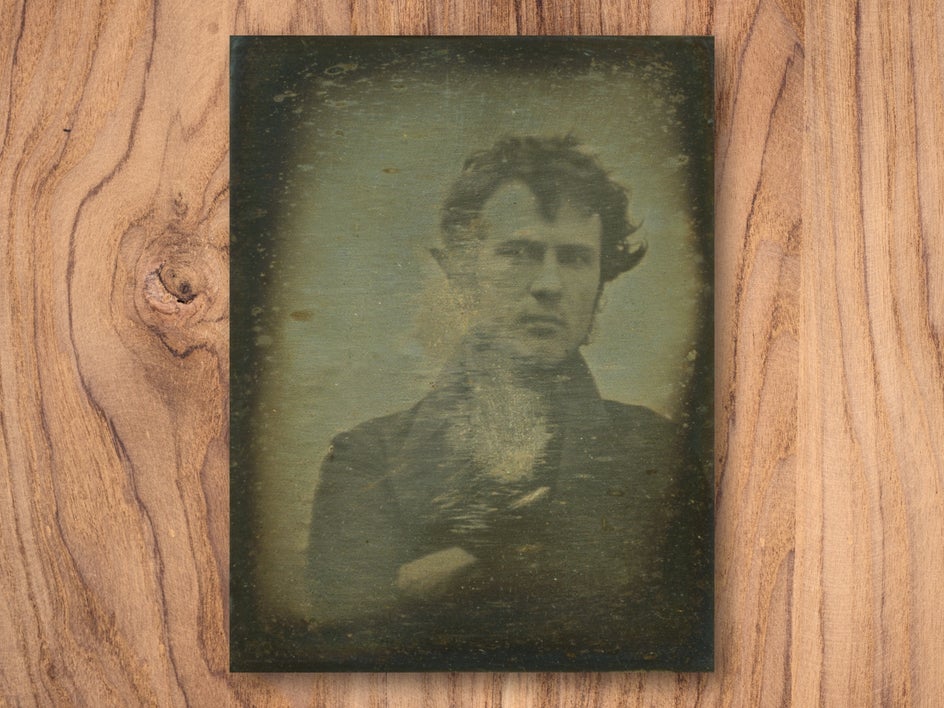
The Daguerreotype
The daguerreotype was the first commercially successful photographic process, and it was also the first permanent photograph. The daguerreotype produced a positive image on a silver surface. It was invented by Louis-Jacques-Mandé Daguerre in 1835 and became publicly available in 1839.
This led to the first photographic portrait studio opening in Boston, Massachusetts, in 1842, which brought portraiture into widespread use across America and Europe. The daguerreotypists were soon joined by photographers who used calotypes (paper negatives) to create portraits of their customers at studios or at home. This practice continued until around 1850, when ambrotypes were introduced as an alternative to wet collodion paper negatives (though they had been around since 1854).
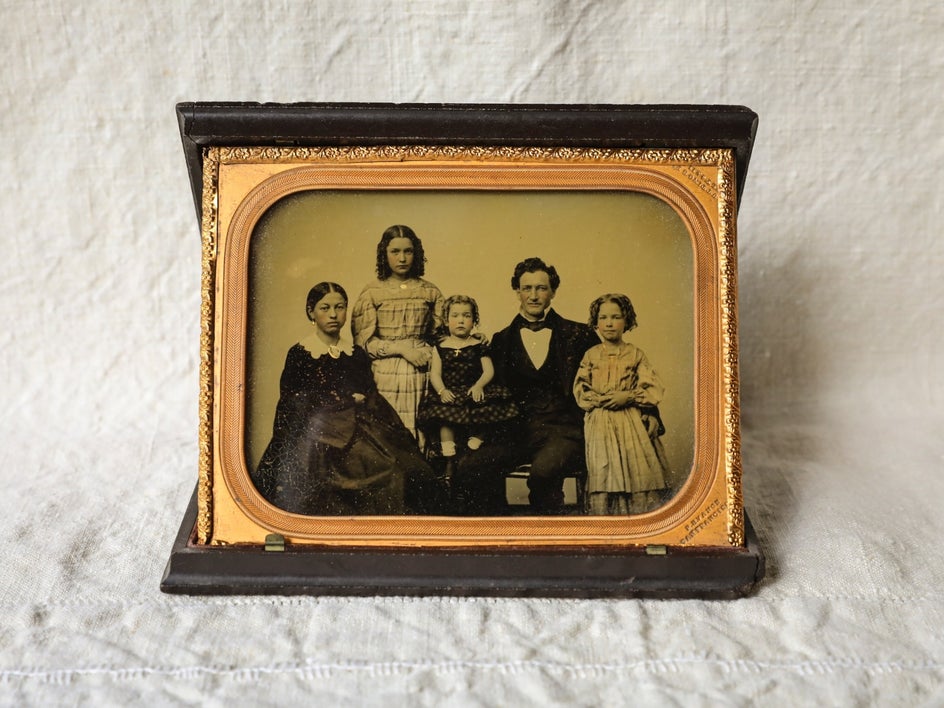
The Rise of Tintypes
Tintypes are a type of vintage photographs made by a direct positive process known as the wet plate collodion process. The term tintype is used to describe both this specific type of photographic image and the photographic case it was housed in.
Tintypes were introduced commercially by George Eastman, who marketed them under the brand name “Kodak No. 2 Brownie Camera”, after his 1888 introduction of the Kodak camera. The Kodak camera was small enough to fit in your pocket and extremely easy to use, even for those who had never seen any kind of camera before.
They became popular during the 19th century due to their affordability and durability, and could last for decades without fading away or getting damaged. These qualities made them an extremely attractive option for portraiture.
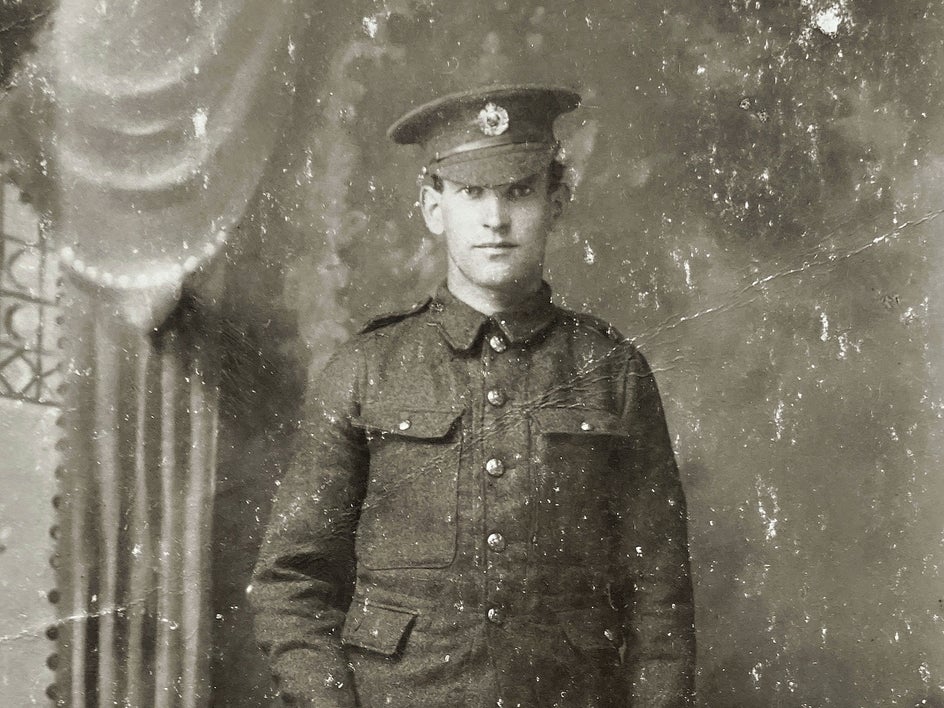
The Development of the Dry Plate
Introduced in 1871, dry plates were made of glass and coated with a thin layer of light-sensitive chemicals. These chemicals were exposed to light and then developed as a negative image on the plate itself. This meant that you could keep your camera packed away until right before you took your picture. In other words, there was no longer a need for long exposure times!
For portrait photographers, this meant many things: more time for posing instead of shooting, more flexibility in how they could set up their studio, less risk from chemical spills, and far less expensive equipment needed because each photo only required one exposure. It also allowed them to take pictures outdoors instead of just inside studios where lighting is controlled completely by artificial means. The only downside was that these photos weren't as sharp as wet-plate photos because there wasn't enough time for them to react fully with light during development.
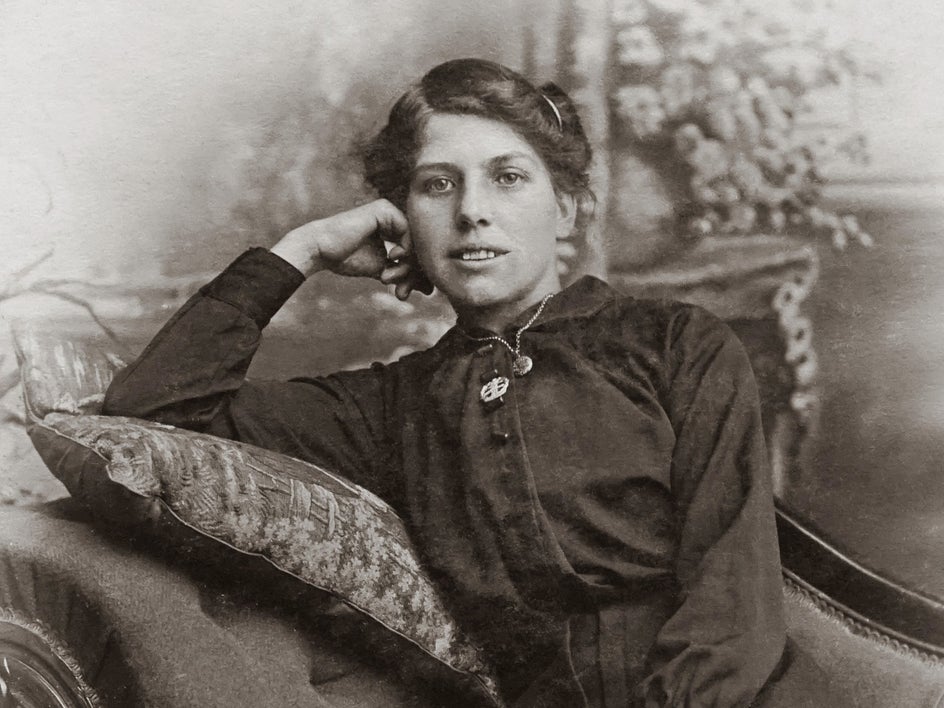
Portraits in Photojournalism
During the Civil War, photojournalists were required to create portraits of soldiers. The first photographs ever taken during a war were captured in 1854 during the Crimean War.
Photographers soon learned that capturing battlefields for posterity was a lucrative business and began traveling with armies to document their victories and defeats. Some of the first photographers who gained fame for their work on military campaigns include Roger Fenton (1819-1869), Matthew Brady (1823-1896), Alexander Gardner (ca. 1821-1913), Timothy O'Sullivan (ca. 1840-1916), Henry Peach Robinson (1830-1901) and Alvin Langdon Coburn (1882).
During the American Great Depression between 1929 and 1939, photographers also began taking photos of families and individuals suffering from this economic disaster in order to expose the world to the very real suffering migrant workers and low-income families were experiencing every day.
These photos were also known as “Dust Bowl Photography.” One of the most iconic photographers of that time is Dorthea Lange because of her notorious 1936 portrait, “Migrant Mother,” featured below.
Photojournalism marked an extremely important milestone in photography, as it was the first time the world could see war, nature, and how other countries lived first-hand without needing to travel.
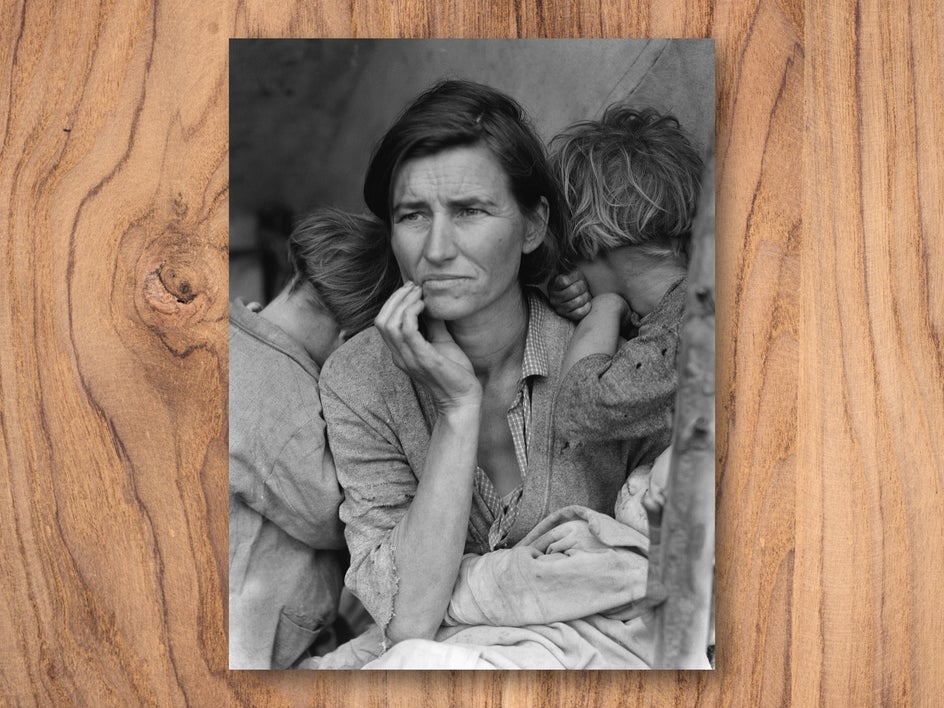
The Portrait in Modern Times
Portraits have become a staple in photography and can be seen in the media almost anywhere, especially when it comes to celebrities. One of the pioneering photographers of celebrity portraiture is Annie Leibovitz. The simplicity of Leibovitz’s black and white photos is what makes them so striking.
As with many other styles of photography, portraiture has evolved and modernized with the aid of smartphones and devices, and the self-portrait has been made more convenient with the selfie.
The selfie is a form of self-portraiture that has become increasingly popular over the past decade. Although the word “selfie” didn't start becoming used until around 2002 – nearly 150 years after Cornelius snapped his first self-portrait – it didn't really catch on until around 2011, thanks mostly to social media.
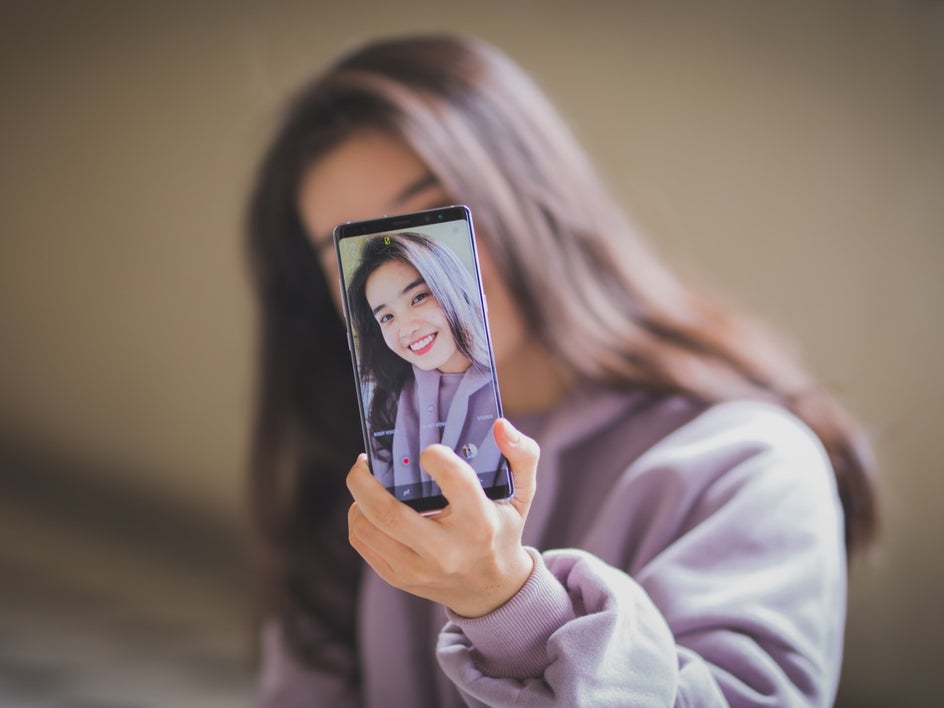
Perfect Your Portrait Photography Using BeFunky
The portrait has come a long way, from the early daguerreotype portraits to today’s selfies. But even now, the history of photography is still being written. With new technologies making portable cameras more accessible and of better quality than ever before, there are some exciting developments on the horizon for portrait photography.BeFunky’s Photo Editor is filled with useful tools and features to help you take your portrait photography game to new heights. Check out the Photo Editor today to see just how amazing it is!










